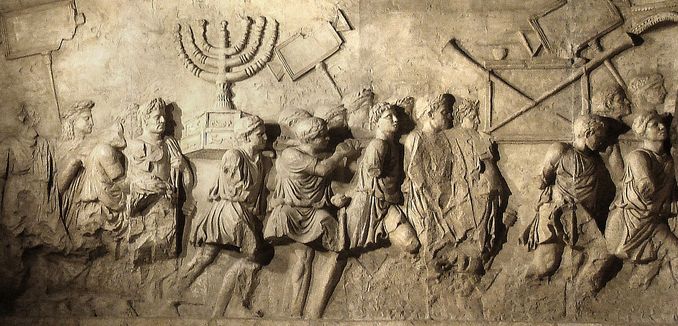Palestinians, pushing their claims for statehood, have regularly denied the Jewish historical connections to Israel. In fact, the 20th article of the Palestinian National Charter states, “Claims of historical or religious ties of Jews with Palestine are incompatible with the facts of history.”
Following this counterfactual ideology, the United Nations’ cultural agency, UNESCO, passed two resolutions in October denying the historical Jewish connection to Jerusalem.
Writing in The Tower, Eylon Aslan-Levy described the aim of the resolutions as “a bid by dictatorships (with the acquiescence of democracies) to render Israeli sovereignty over the Old City utterly illegitimate, do[ing] the most damage by prejudging how the international community should approach the question of the holy sites in any future accord.”
As it so happens, this year saw several significant archaeological finds that established the facts of the historical Jewish connection to Israel and Jerusalem and contradicted campaigns to delegitimize Jewish history.
• It was announced this week that a coin from the time of the Maccabean revolt had been discovered in Jerusalem. The coin depicted King Antiochus IV Epiphanes, under whose rule Jews were barred from practicing their religion, which led to the uprising. The Maccabees’ victory is commemorated annually with the holiday of Chanukah, which will be observed this year beginning Saturday night.
• In October, archaeologists found the site where Roman troops breached the walls of Jerusalem nearly 2,000 years ago, shortly before they destroyed the second Jewish Temple. The researchers discovered the remains of a tower surrounded by dozens of stones and boulders fired by Roman catapults at the Jewish forces guarding the wall. This matched the description given by the historian Flavius Josephus, who documented the revolt in his first-century work The Jewish War. The anniversary of the breach of Jerusalem’s walls is commemorated by the fast of the 17th of Tammuz, which takes place during the summer.
• A week later, the Israel Antiquities Authority announced the discovery of a papyrus with the oldest known Hebrew-language mention of Jerusalem. The papyrus documents a commercial transaction. Carbon dating determined the scroll to be around 2,700 years old, around the time of the first Jewish Temple.
• Shortly thereafter, archaeologists announced that they had discovered relics on the Temple Mount dating to the first Temple Period, including pottery fragments and animal bones. The excavations, which were carried out with the cooperation of the Muslim Waqf, marked the first time archaeologists had found artifacts from the first Temple on the Temple Mount itself.
• Proof of the Jewish connection to Jerusalem also came from an unexpected source. A previously-ignored inscription on an ancient Hebron-area mosque contained a reference to the Jewish Temple. The inscription declared that the surrounding area was “an endowment to the Rock of Bayt al-Maqdis and the al-Aqsa Mosque.” The term “Bayt al-Maqdis” is a verbatim Arabic translation of “Beit Hamikdash,” the Hebrew name for the Jewish Temple.
• In September, scientists announced that they had reconstructed a burnt 2,000-year-old biblical text, which made it the oldest known copy of biblical scriptures as they are canonized today. According to National Geographic, which announced the results, the scroll “bridges a centuries-wide gap in the history of biblical text.”
• It wasn’t only Jewish history that was confirmed through archaeology. Evidence of the Christian history of Jerusalem also emerged in late October when workers restoring the Church of the Holy Sepulchre uncovered the historic tomb of Jesus, which was buried under layers of marble for centuries.
[Photo: Steerpike / WikiCommons ]




